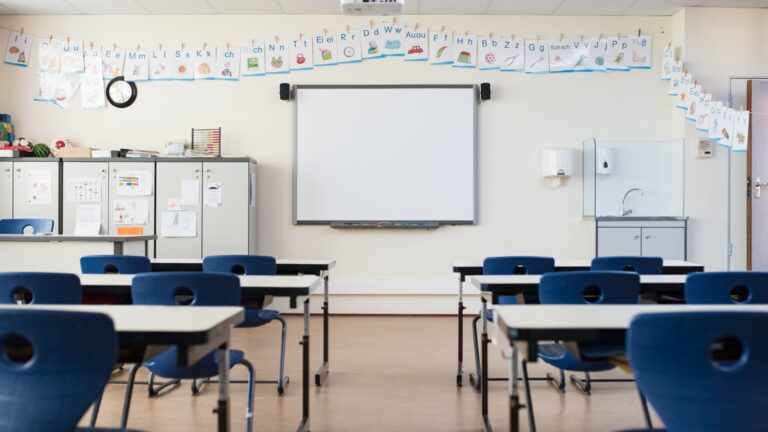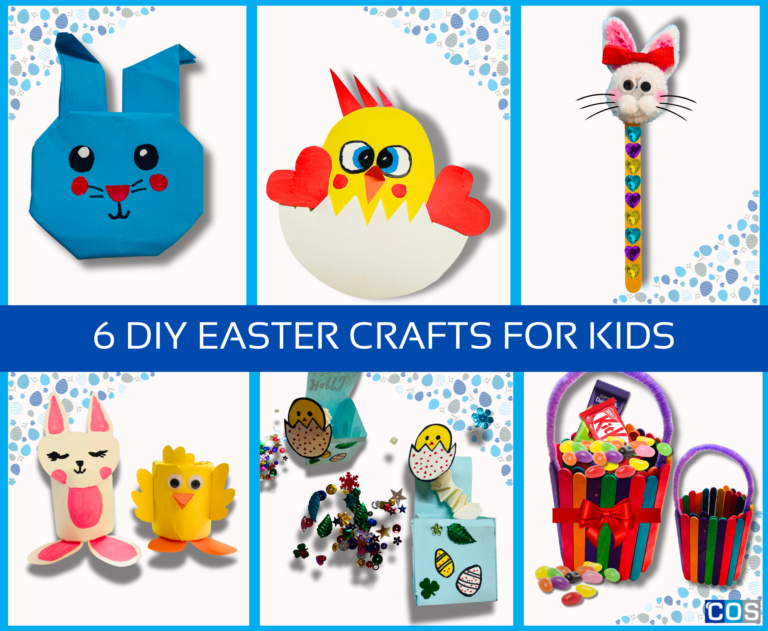Creating a sustainable classroom is a powerful way to teach students about environmental responsibility while fostering a learning environment that promotes eco-friendly habits. By integrating sustainable practices into the classroom, educators can inspire students to make positive changes that benefit both their local communities and the planet.
The Importance of Sustainability in Education
Integrating sustainability into school activities offers numerous benefits for students, educators, and the wider community, including:
- Environmental Awareness: Students gain a deeper understanding of environmental issues and how their actions impact the planet.
- Critical Thinking Skills: Sustainability education encourages problem-solving and innovative thinking as students explore solutions to real-world challenges.
- Healthy Habits: Sustainable practices, such as recycling and conserving resources, promote healthier lifestyles.
- Community Engagement: Sustainability projects often involve collaboration with local organisations, fostering stronger community ties.
- Preparation for Green Careers: As demand for sustainability-focused jobs grows, students with eco-awareness are better equipped for future opportunities.
Practical Steps to Create a Sustainable Classroom
Creating a sustainable classroom involves adopting practices that minimise waste, conserve resources, and encourage eco-friendly habits. Here are some actionable steps:
1) Reduce Waste
- Replace single-use items with reusable alternatives (e.g., water bottles, lunch containers).
- Set up clearly labelled recycling bins for paper, plastics, and other recyclables.
- Encourage digital assignments to reduce paper usage.
2) Conserve Energy
- Use natural light whenever possible by opening blinds during the day.
- Turn off lights and electronics when not in use.
- Install energy-efficient LED bulbs in classrooms.
3) Incorporate Green Materials
- Use recycled or upcycled materials for classroom supplies and art projects.
- Purchase eco-friendly school supplies made from sustainable materials.
- Choose non-toxic cleaning products to maintain a healthy environment.
4) Engage Students in Eco-Friendly Practices
- Create a class compost bin for food scraps and use it for gardening projects.
- Assign “eco-monitors” to oversee recycling efforts and energy conservation.
- Organise litter clean-up days around the school grounds.
Recycled Projects for Kids
Recycled art and craft projects for kids are an excellent way to teach creativity while emphasising the importance of reusing materials. These hands-on activities not only reduce waste but also inspire students to think critically about sustainability. Here are some fun ideas:
- Bottle Cap Mosaics: Collect plastic bottle caps in various colours and arrange them into vibrant mosaics on cardboard or wooden boards.
- Tin Can Planters: Repurpose tin cans as planters by painting them with bright designs. Fill them with soil and plant herbs or flowers.
- Egg Carton Animals: Transform egg cartons into animals like caterpillars or turtles using paint, googly eyes, and pipe cleaners.
- Magazine Collages: Use old magazines to create collages that depict environmental themes such as wildlife conservation or renewable energy.
- Cardboard Box Cities: Build miniature cities using recycled cardboard boxes, paper rolls, and other scrap materials.
- Plastic Bottle Bird Feeders: Cut and decorate plastic bottles to create bird feeders that can be hung outside the classroom.
- CD Spinning Tops: Turn old CDs into colourful spinning tops by decorating them with paint or markers and attaching bottle caps as handles.

Teaching Sustainability Through Outdoor Activities
Outdoor activities provide students with opportunities to connect with nature while learning about sustainability firsthand. Consider these ideas:
- School Garden Projects: Start a vegetable or flower garden where students can learn about planting, composting, and water conservation.
- Nature Walks: Take students on guided walks to observe local flora and fauna while discussing biodiversity and conservation efforts.
- Tree Planting Events: Organise tree planting days to teach students about the role of trees in reducing carbon emissions and improving air quality.
- Eco Scavenger Hunts: Create scavenger hunts where students search for natural items like leaves or rocks while learning about ecosystems.
- Outdoor Classrooms: Hold lessons outdoors whenever possible to reduce energy use from lighting and air conditioning inside classrooms.
Integrating Sustainability into Lesson Plans
Sustainability can be seamlessly incorporated into various subjects across the curriculum:
- Science: Teach topics such as renewable energy sources, climate change, and ecosystems through experiments and research projects.
- Mathematics: Use data analysis to explore energy consumption patterns or calculate carbon footprints.
- English: Assign essays or creative writing tasks on environmental themes like “A Day Without Plastic.”
- Art: Focus on recycled arts projects that encourage creativity while promoting eco-friendly practices.
- Social Studies: Discuss global environmental issues and how different cultures approach sustainability.
Build Community Connections
A sustainable classroom extends beyond its walls by engaging with the local community:
- Partner with local organisations for recycling drives or tree planting events.
- Invite guest speakers from environmental groups to share insights on sustainability.
- Participate in community clean-up days or Earth Day events.
- Collaborate with parents by encouraging eco-friendly habits at home through newsletters or workshops.
The Long-Term Impact of Sustainable Classrooms
Creating a sustainable classroom goes beyond immediate benefits. It lays the foundation for lifelong eco-consciousness among students:
- Students become advocates for sustainability within their families and communities.
- They develop skills that prepare them for careers in green industries such as renewable energy or environmental science.
- Schools contribute to broader sustainability goals by reducing their ecological footprint through collective efforts.
Building a sustainable classroom is an investment in both education and the environment. By incorporating eco-friendly practices, engaging students in hands-on activities, educators can inspire meaningful change that extends far beyond the classroom walls. The integration of sustainability into education not only prepares students for a greener future but also empowers them to become active contributors to global environmental solutions.
Through small but significant steps—such as reducing waste, conserving energy, teaching sustainability across subjects, and involving the community—classrooms can become hubs of innovation where learning meets action for a better world. By prioritising these efforts today, we can nurture environmentally conscious citizens who will lead us toward a more sustainable tomorrow.

